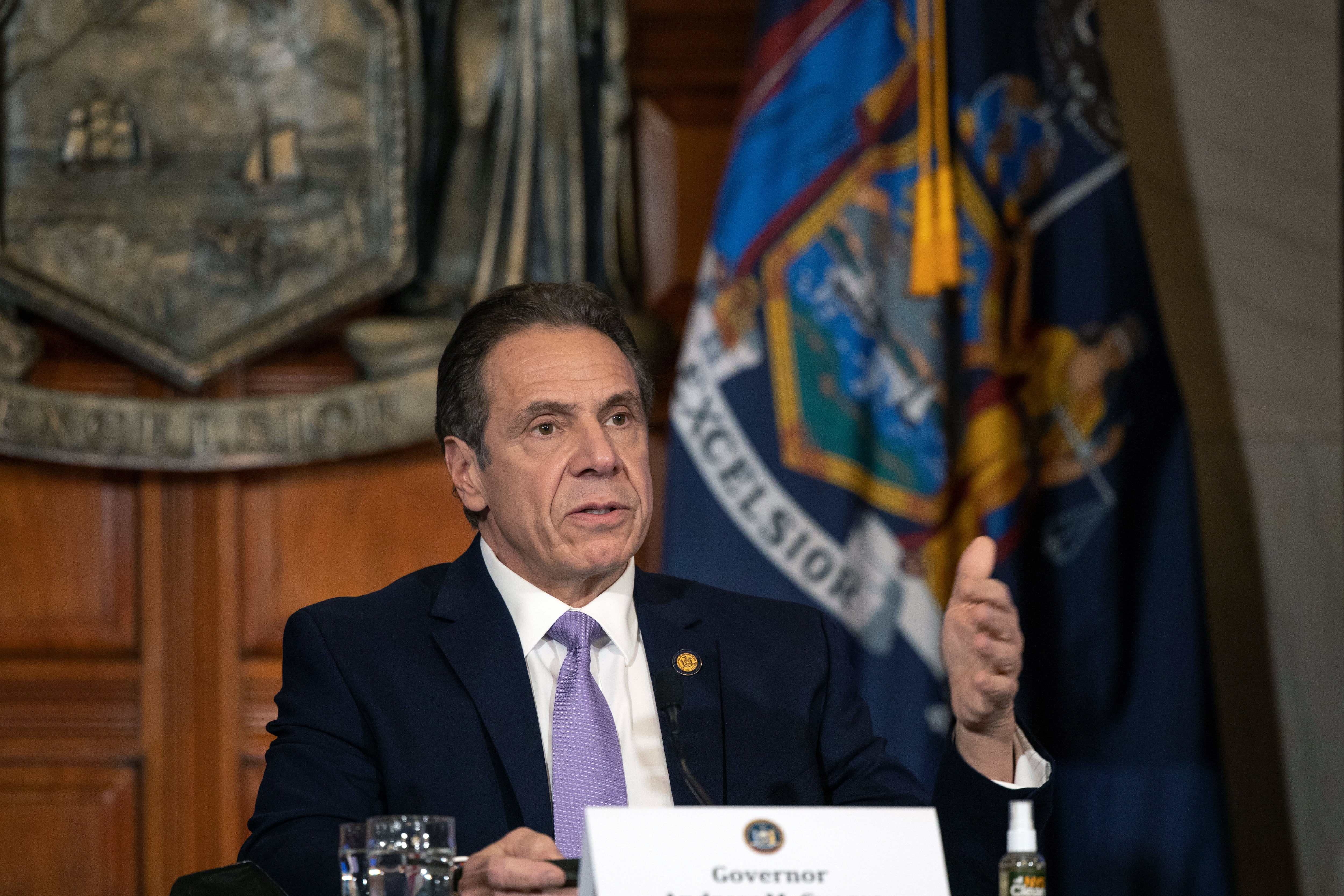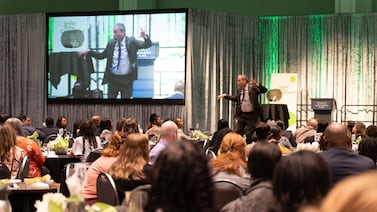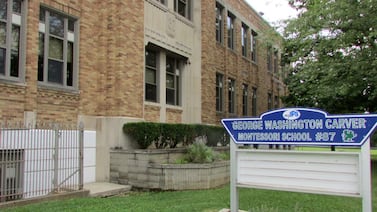Gov. Andrew Cuomo has proposed using federal coronavirus funding to replace some state education dollars — prompting several nonprofit groups to push back.
Eleven education advocates and social services organizations asked the governor Wednesday to provide all of the nearly $4 billion in federal relief earmarked for school districts across the state. Congress approved that aid in December as part of a second coronavirus relief package. Due to the pandemic, state and local governments continue to struggle with lost revenue and budget deficits, even as costs increase.
“While some education stimulus funding will flow to the localities, we need every dollar,” the organizations wrote in an open letter to Cuomo, citing the importance of addressing potential learning loss and students’ social and emotional needs, and to make sure children in homeless shelters, those with disabilities, and English learners have support services in place.
Under Cuomo’s proposed budget, New York schools will receive an additional $2.1 billion next fiscal year, even as an extra $3.8 billion in federal dollars was allocated to state districts. That means a chunk of the coronavirus relief dollars would be used to fill the state’s projected $15 billion budget gap.
“Offsetting cuts to state education aid with federal dollars intended for one-time education stimulus funding will shortchange our students from services needed this year, and lead to large budget gaps in future years,” they wrote.
Mayor Bill de Blasio has argued that replacing state dollars with federal ones will hamper the city’s efforts to reopen schools fully in September. It will also make it harder to help students catch up, the mayor said. (Public health experts have warned that school may not look “normal” for a long time, and precautionary measures, such as mask-wearing, will still be necessary as vaccine efforts continue.) De Blasio has joined a contingent of progressive lawmakers and advocates who are calling for increases to taxes on ultra-wealthy individuals in order to make up for any state shortfalls. Cuomo’s budget proposal calls for some tax increases on the state’s highest earners, yielding $1.5 billion.
The city has not yet detailed the costs of reopening campuses, nor has it provided specifics on its plans to catch up students. A spokesperson for City Hall said Wednesday that officials are “still evaluating” costs and plans, and that more information would be shared “soon.”
The letter to Cuomo comes ahead of a state budget hearing Thursday, where Chancellor Richard Carranza is expected to testify. The pleas from advocates — some of whom are also expected to testify — echo other education organizations, as well as the state Board of Regents, which opposes backfilling any state cuts with federal stimulus money.
New York City schools will receive more money next year — about $1.5 billion year-over-year — significantly less than the $2.1 billion in federal relief dollars it was allocated. In all, the governor is proposing an estimated $800 million cut to state funding for New York City schools, backfilling it with federal money. The state took a similar but more drastic approach during the last budget cycle, when it cut state dollars for schools by the exact amount districts would receive from the first federal relief package — essentially canceling out those extra dollars from Washington D.C.
For his part, Cuomo is pressing the federal government to fill New York’s budget gap with another $15 billion in aid. If the state gets that money, officials have said they would restore planned cuts to the state budget.
In response to the letter, state budget division spokesperson Freeman Klopott noted that overall funding for New York City schools would increase at a higher rate than in any other region and said any additional funding will depend on more federal dollars.
“Ultimately, the federal government — and the level of resources it delivers to the state to offset our $15 billion deficit — will determine the funding available for state spending on schools and, as we’ve said, if Washington responsibly provides this funding, the state will increase its spending on schools,” Klopott said in a statement.
The governor’s preliminary budget would cut spending on reimbursable expenses, such as textbooks and transportation, and supplant those cuts with federal dollars. The cost of these expenses are expected to grow to more than $900 million for New York City schools next academic year, but under the governor’s proposal, the city would receive just under $290 million, according to an analysis by the Association of School Business Officials of New York, which is urging the state not to adopt this proposal.
Advocates and the Regents, who oversee education in the state, said such a proposal would make planning tough and shift more of the cost onto districts. Additionally, Cuomo has proposed cutting $144 million in School Tax Relief, known as STAR, exemption payments to New York City. That money reimburses districts for property tax exemptions on primary residences.
Also under the Cuomo proposal, the state would no longer reimburse New York City for a portion of the rent it covers for charter schools, which would mean an additional $50 million cost for the city. Such a move could push the city to place more charter schools inside of its existing buildings, the state budget proposal says.
This new infusion of federal dollars is a one-time boost, meaning that if state cuts were not restored, school districts could see a precipitous drop in funding the following fiscal year, argued Jasmine Gripper, executive director of Alliance for Quality Education, one of the organizations that signed onto Wednesday’s letter. Such uncertainty would make it tough for districts to plan “innovative” long-term academic or social-emotional programs for students, Gripper said.
Several national analyses show students are behind in reading and math, though the drops are not as bad as originally expected. School districts will need their full share of federal relief dollars to launch “ambitious and comprehensive” recovery efforts, said Randi Levine, policy director at Advocates For Children New York.
“It needs to have a focus both on academics and on mental health,” Levine said. “It needs to provide additional support to students with disabilities and English language learners who missed out on instruction and services that they had the legal right to receive.”







